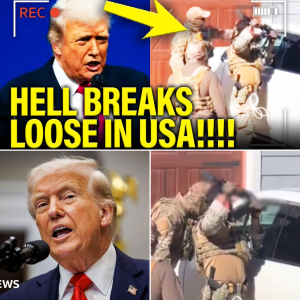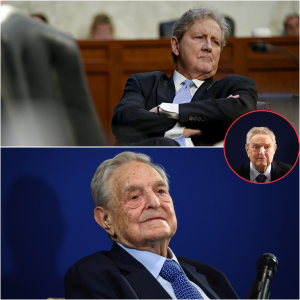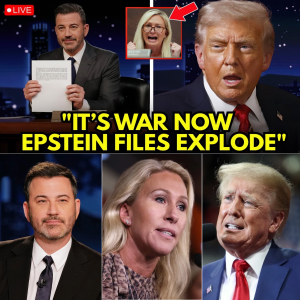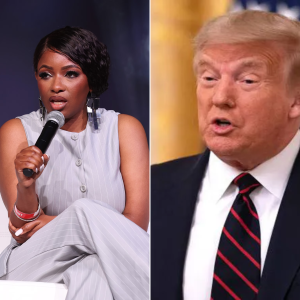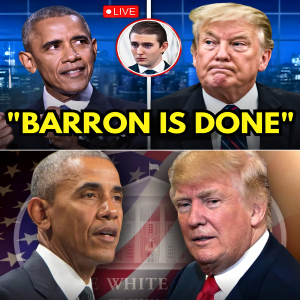A Brotherhood Broken: Snoop Dogg’s Decades of Guilt and Final Words to Tupac
Posted by

He walked into the hospital room and the sight of his friend—the most energetic, intensely alive person he had ever known—stopped him cold. Tupac was laid out, inert, a web of tubes keeping his body alive. As Snoop’s strength left him, a hand grabbed him, held him up. It was Afeni Shakur, Tupac’s mother. In the midst of her own unimaginable grief, she was comforting him. “Baby,” she said, her voice a pillar of strength, “you got to be strong.”
What followed was a one-sided conversation that has become one of hip-hop’s most tragic monologues, a desperate attempt to mend a broken brotherhood at the edge of eternity. For nearly three decades, Snoop Dogg has carried the weight of that night, the guilt of words left unsaid and conflicts left unresolved. Now, the full story of their final, fractured days reveals a complex bond of love, jealousy, and a tragic misunderstanding that was never given the time to heal.
This wasn’t just the death of a rap star; it was the end of a brotherhood forged in smoke and lyrical fire. Their connection was instant. At a private party for Poetic Justice in 1993, Snoop, already buzzing from his work with Dr. Dre, was set to perform. Before he could, Tupac, already a solidified star, grabbed the mic. What started as a friendly cipher turned into an immediate “real recognized real” moment. They stepped outside, and Pac sealed their bond by sharing Snoop’s first-ever blunt.
From that moment, Pac became like an older brother. He schooled Snoop on stage presence, pushing him to “level up his whole presentation.” Their creative energy was undeniable, culminating in the timeless anthem “2 of Amerikaz Most Wanted.” It was Snoop who, while Pac was incarcerated in 1995, relentlessly pressed Suge Knight to sign him. “I’m the reason why he on Death Row,” Snoop stated, seeing Pac as the “missing piece” to complete the label’s dynasty.
When Pac was released and landed at Death Row, the label’s atmosphere changed overnight. As Napoleon of The Outlawz later explained, Snoop had been the label’s biggest star, but Pac “just outshined everybody naturally.” This wasn’t a hostile takeover; it was the sheer force of Tupac’s relentless work ethic and magnetic energy. He would knock out 16 tracks in the time it took another artist to finish one. He even influenced Snoop’s style, pushing him to be “more fly,” to get his hair and nails done like the Bay Area players. Snoop, to this day, admits Pac’s spirit lives in how he creates.

But this creative renaissance was set against the backdrop of a brewing storm. The East Coast vs. West Coast beef, once a media-hyped rivalry, was becoming street-level. At the 1995 Source Awards in New York, Snoop found himself playing diplomat, attempting to calm a hostile MSG crowd. He was evolving. Facing a murder case, with a wife and son at home, Snoop was pulling back from the front lines.
Tupac, however, was heading straight for them. Hardened by prison and the 1994 Quad Studios shooting—which he believed Biggie and Puff knew about—Pac returned with a militant, aggressive energy. He wanted war.
The first major crack in their brotherhood appeared with “Hit ‘Em Up.” When Pac played the track for Snoop, the most disrespectful diss song ever recorded, Snoop wasn’t feeling it. “I didn’t like the song,” Snoop admitted. He warned Pac he was “buying problems,” that real gangsters exist in every city, not just on the West Coast. But Pac was locked in. He had chosen his side, and he saw Snoop’s desire for peace as a weakness, or worse, a betrayal.
The breaking point came in September 1996, just days before the shooting. In New York for the MTV Video Music Awards, Snoop went on Angie Martinez’s Hot 97 show. In an attempt to de-escalate the violence that was claiming lives, he showed love to Biggie and Puff, saying he “felt” them and wanted to make music with them.
Back at their hotel, the fallout was immediate. Pac felt utterly violated. He refused to even speak to Snoop directly. When Snoop called his room, Pac sent one of The Outlawz to get some weed from him, a clear hierarchical diss. The brotherhood was, in that moment, broken.
The next day came what Snoop describes as one of the scariest moments of his life. It was time to fly back to L.A. on a private plane. Normally, both artists would have their own security. But at the airport, Suge Knight stepped in. “Hold up,” he said, telling Snoop’s security they couldn’t board and had to fly commercial.
Snoop was now trapped on a five-and-a-half-hour flight with Suge, Pac, and their crew, with no backup, knowing his “brother” was furious with him. He grabbed a knife and fork from the catering, threw a blanket over himself, and sat in the back of the plane, his heart pounding. “I ain’t got no security,” he thought. “You [expletive] ain’t feeling me right now.” For the entire flight, not one person spoke a single word to him. The silence was deafening.
When they landed in L.A., Snoop made one last attempt. He saw Pac on the tarmac. “Pac, you going to Vegas to the fight?” he asked. Pac just gave him a cold nod and bounced. It was the last time they would ever speak.
Days later, Snoop was in that Vegas hospital, Afeni Shakur holding him up, pushing him toward his brother’s bed. “My baby loves you,” she insisted, giving him permission to be vulnerable. “My baby ain’t seen you weak. Fix up. Tell him you love him.”

Snoop went in alone. For 20 minutes, he sat by Pac’s side, whispering to his unconscious friend, pouring out all the words their broken relationship had left unsaid. He told him he loved him. He apologized for the Hot 97 interview, explaining he was just “doing what was right” to stop the killing. He talked about their first meeting, about the magic of “2 of Amerikaz Most Wanted,” about the good times, the brotherhood. He just needed Pac to know that despite everything, the love was still there.
But Snoop could feel it. The spirit he knew, the kinetic energy that defined Tupac, was already gone. The devastation was too much. When he left the room, Snoop walked to the bathroom, threw up, and collapsed on the floor, where he lay for 30 minutes, the full weight of the tragedy finally breaking him.
In the decades since, Snoop has carried that guilt. He’s had to endure wild, baseless accusations—from Suge Knight (from prison) and others—that he was somehow “in on it” or jealous. But his actions have always spoken louder. At Pac’s 2017 Rock and Roll Hall of Fame induction, it was Snoop who gave the emotional, tear-filled speech, celebrating his “brother” and sharing stories of their time together.
The truth, Snoop explains, is that they were just in two different places. “I’m double-dutching ‘cuz I got a baby, I got a wife,” he said. “You don’t got [that] to live on.” Snoop was pulling back from the fire; Pac was running straight into it. It wasn’t a difference in loyalty, but in survival.
The tragedy of their story isn’t one of betrayal. It’s a story of a deep, complicated love between two of hip-hop’s greatest legends, a brotherhood fractured by a desire for war on one side and peace on the other. It’s a story that ended too soon, cut short by violence before they could have one last conversation and make things right.
